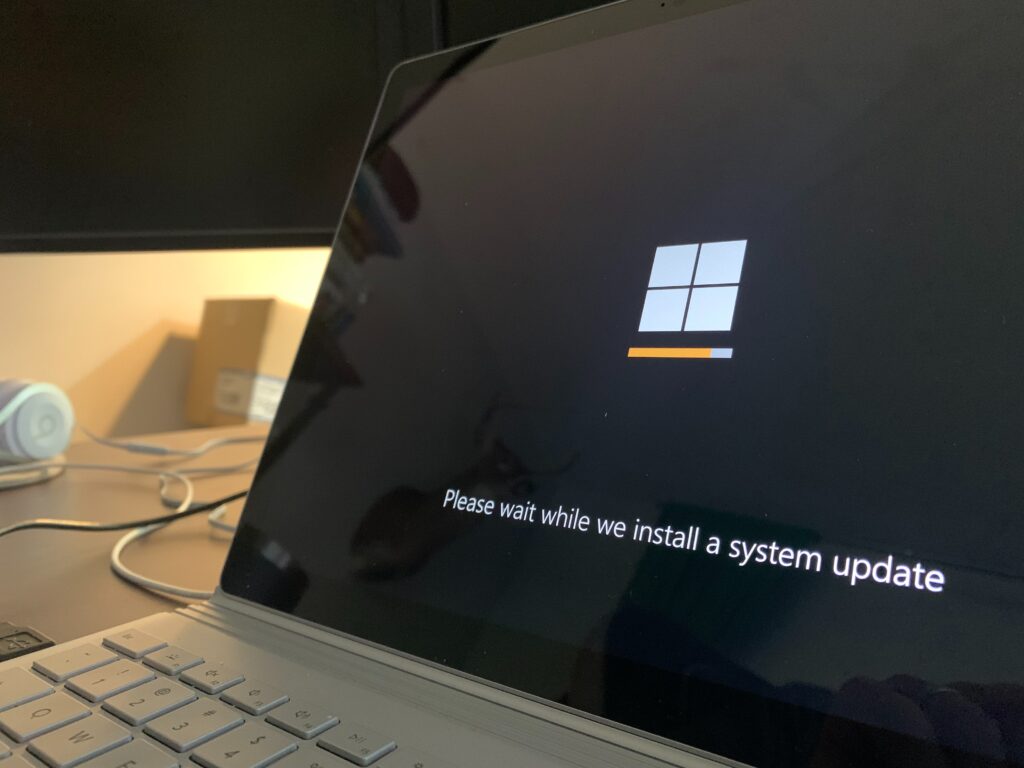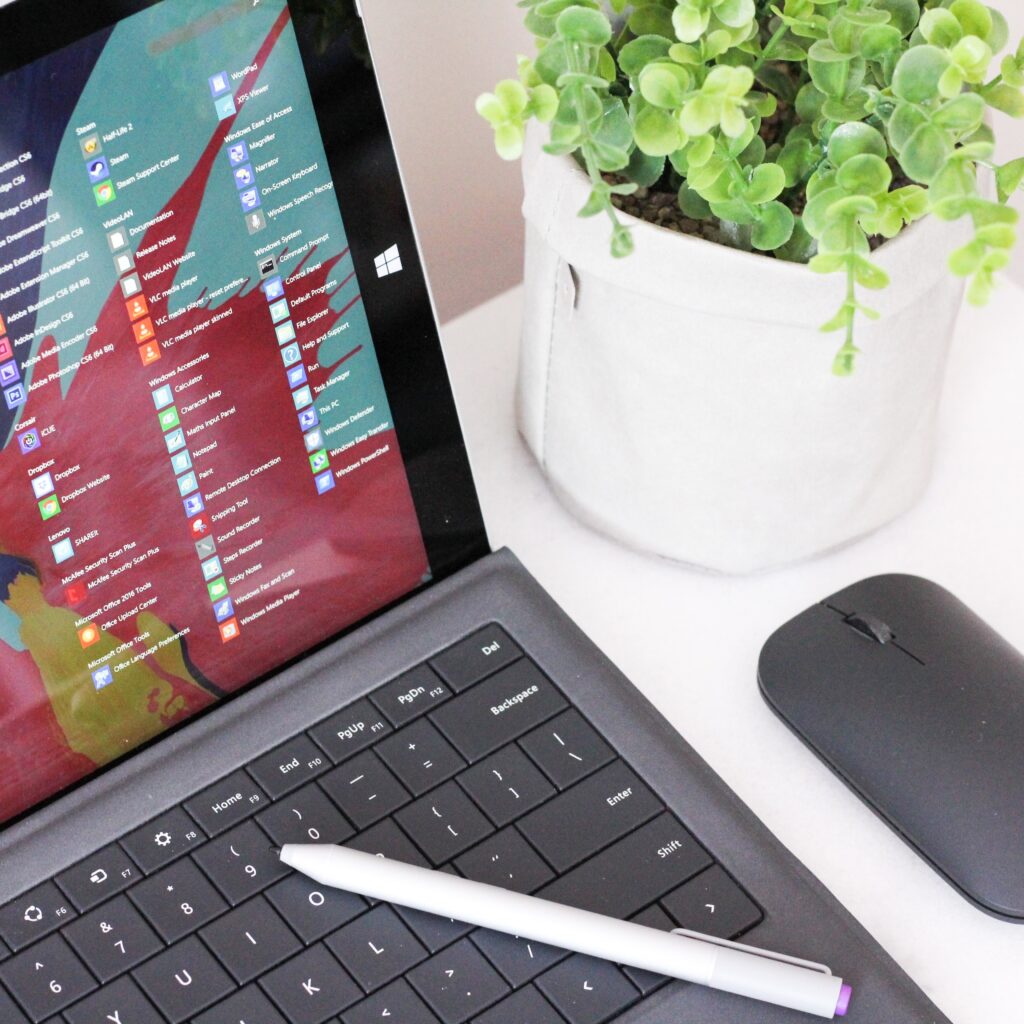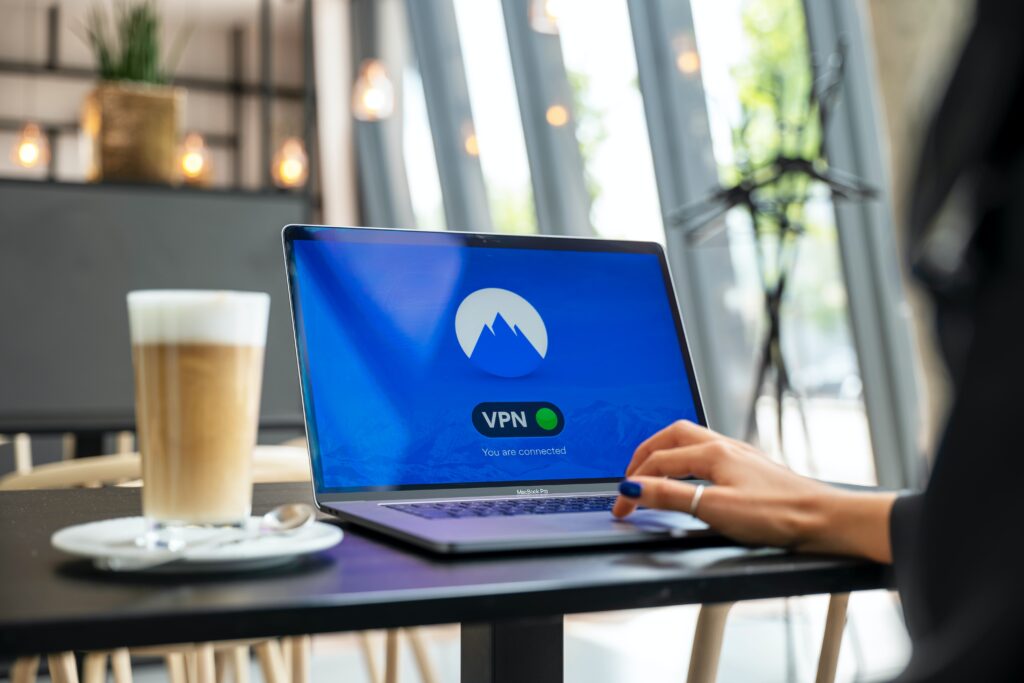Azure Digital Twins
Azure Digital Twins is a Platform-as-a-Service (PaaS) offering that lets you create twin diagrams based on digital models of entire environments such as buildings, factories, farms, power grids, railroads, and stadiums. City of things.

These digital models can be used to uncover insights that lead to better products, optimized operations, reduced costs, and breakthrough customer experiences.
You can use Azure Digital Twins to design digital twin architectures that represent real-world it devices in your broader cloud solution and connect to It Hub device twins to send and receive live data.
Leverage your domain expertise on top of Azure Digital Twins to build coordinated connectivity solutions that:
• Model any environment and achieve digital twins in a scalable and secure manner.
• Connect assets such as it devices with existing business systems using a robust event system to build dynamic business logic and data processing.
• Query live execution environments to extract real-time insights from twin diagrams.
• Create connected 3D visualizations of your environment that display your business logic and twin data in context.
Query historical environmental data and integrate with other Azure data, analytics, and AI services to better track the past and predict the future.

Define your business environment:
Azure Digital Twins uses custom twin types called models to define digital entities that represent people, places, and things in your physical environment. You can think of these model definitions as a
specialized vocabulary for describing your business. For example, for a building management solution, you can define models that define building types, floor types, and elevator types.
Models are defined in a JSON-like language called the Digital Twins Definition Language (DTDL) and describe entity types according to their state properties, telemetry events, commands, components, and relationships.
You can design your own model set from scratch or start with an existing set of DTDL industry ontologies based on common industry vocabularies.
Once you have defined your data models, use them to create digital twins that represent each specific entity in your environment. For example, a building model definition can be used to create twins for
multiple building types (Building 1, Building 2, etc.).
Twins can also be combined to form conceptual graphs using model-defined relationships.

Contextualize IoT and business system data:
Digital models in Azure Digital Twins are live, current representations of the real world. To keep the digital twin properties of your environment up to date, you can use It Hub to connect your solution to IoT and IoT Edge devices.
These hub management devices are represented as part of the twin diagram and provide the data that drives the model.
You can create new IoT hubs for use with Azure Digital Twins, or connect existing IoT hubs with already managed devices.
You can also use REST APIs or connectors to drive Azure Digital Twins from other data sources to other Azure services such as Logic Apps.
These methods help input data from business systems and integrate it into the twin diagram.
Azure Digital Twins provides a rich event system to keep your graphs up to date, including data processing that you can customize to your business logic. You can connect external computing resources such as Azure Functions to drive this data processing in flexible and custom ways.
Article -by– Hamad Hanif, Posted -by- Ali Hadar
Follow our Social Media Platforms.
FACEBOOK | TIKTOK | INSTAGRAM | YOUTUBE
